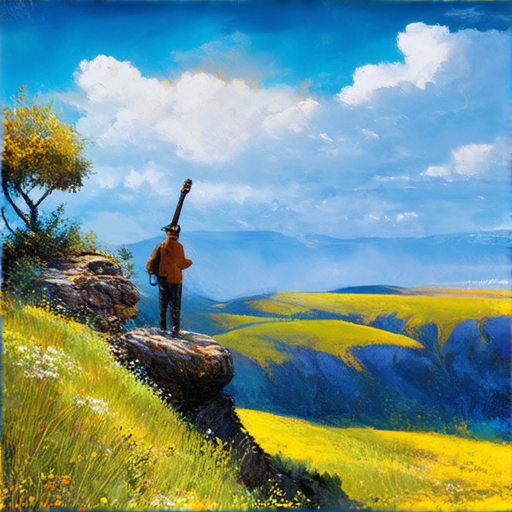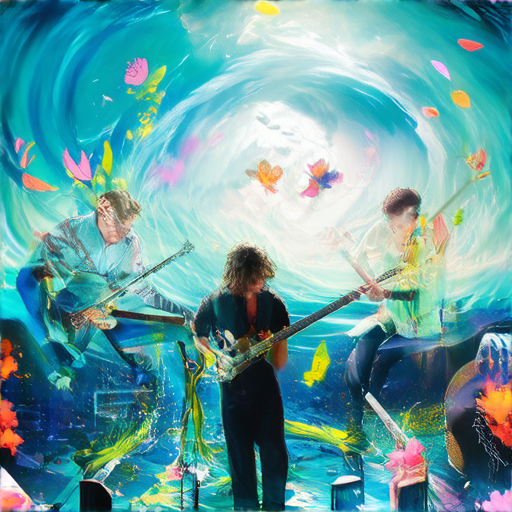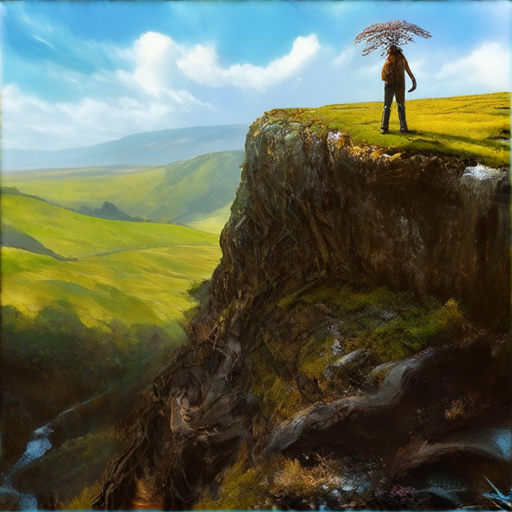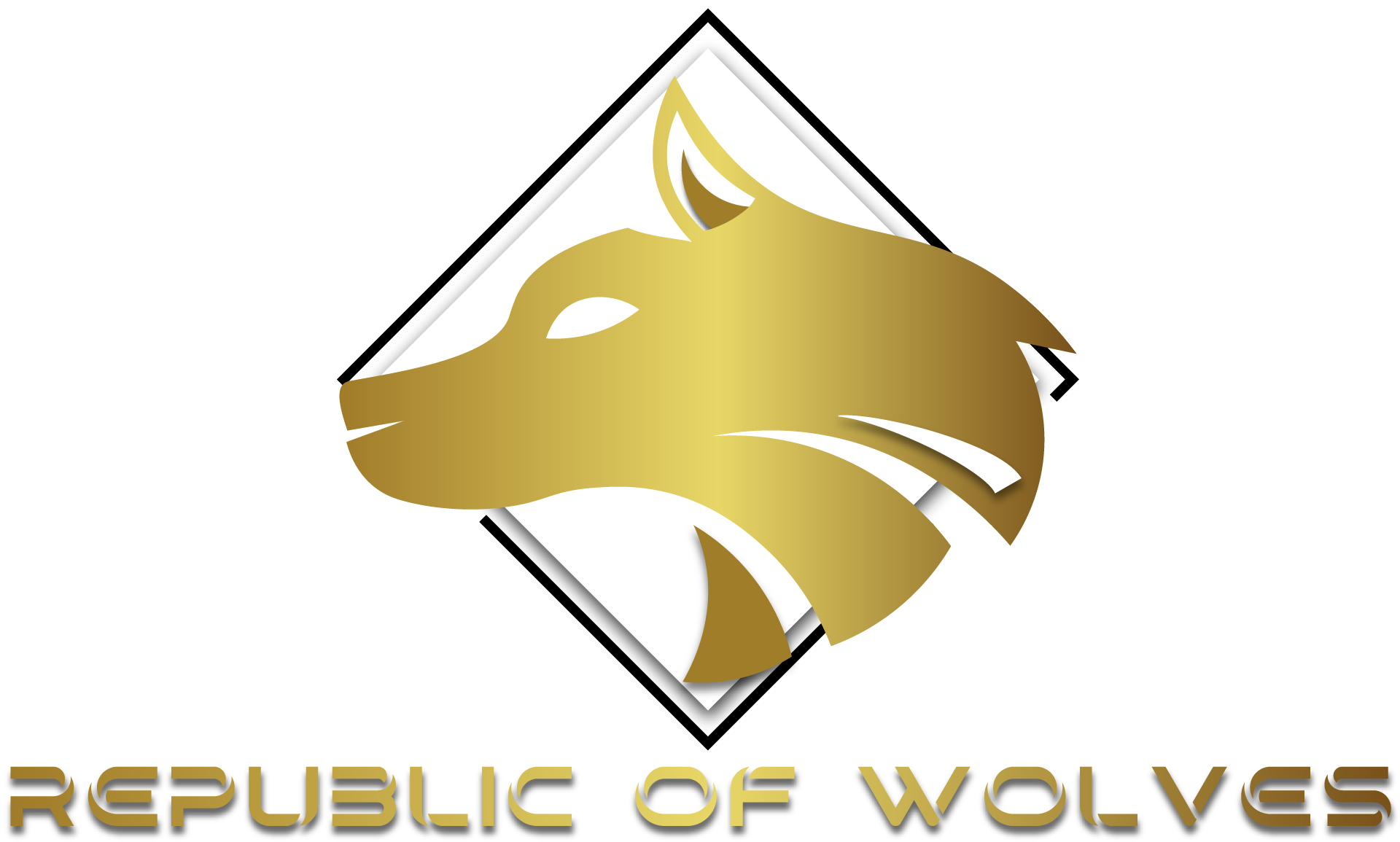For musicians and bands seeking to craft compelling music, understanding the artistic process behind their creation is crucial. This intricate dance of creativity, inspiration, and technical skill is what sets apart exceptional artists from the rest. By delving into the artistic process, bands can unlock new levels of innovation, refine their unique sound, and connect with their audience on a deeper level. As we explore the intricacies of the artistic process, we’ll examine the definition of artistic process, its importance in music creation, and how it applies to rock bands and other musical ensembles.

The Artistic Process
The artistic process is a multifaceted and dynamic combination of various elements, including vision, creativity, intuition, and collaboration.
- Vision: A clear understanding of the artist’s goals, values, and aesthetic direction.
- Creativity: The ability to think outside the box, experiment, and innovate.
- Intuition: Trusting one’s instincts and emotions to guide the creative process.
- Collaboration: Working with others to share ideas, expertise, and perspectives.
- Craft: Developing technical skills and mastering tools and techniques.
- Accountability: Taking responsibility for one’s work and meeting deadlines.
- Discipline: Establishing routines, habits, and workflows to maintain productivity.
- Time management: Balancing creative pursuits with other aspects of life.
- Resourcefulness: Finding and utilizing available resources, including materials, equipment, and support systems.
Key Components of the Artistic Process
- Inspiration: Identifying sources of inspiration, whether internal or external, to spark creativity.
- Idea Generation: Brainstorming and exploring concepts, themes, and ideas.
- Research: Gathering information, studying precedents, and learning from others.
- Planning: Outlining projects, setting goals, and establishing timelines.
- Execution: Bringing ideas to life through creation, production, and refinement.
- Evaluation: Assessing progress, making adjustments, and refining the final product.
- Presentation: Sharing work with others, whether through exhibitions, performances, or publications.
Real-World Applications
The artistic process can be applied to various fields, including music, visual arts, literature, dance, theater, and more.
- Musicians: Composing, recording, and performing original music.
- Visual artists: Creating paintings, sculptures, installations, and other forms of visual art.
- Writers: Crafting novels, poetry, plays, and other written works.
- Dancers: Choreographing and performing original dance pieces.
- Theater artists: Writing, directing, and performing plays and musicals.
By embracing the artistic process, individuals can tap into their creativity, develop their skills, and bring innovative ideas to life.
The Four Artistic Processes
The arts learning standards are organized around four artistic processes: creating, performing/presenting/producing, responding, and connecting.
-
Creating
This process involves generating and developing artistic ideas and work. It includes skills such as brainstorming, researching, and experimenting with different materials and techniques.
- Developing artistic concepts and ideas
- Exploring different mediums and techniques
- Collaborating with others to develop artistic projects
-
Performing/Presenting/Producing
This process involves sharing artistic work with an audience through various means such as performances, exhibitions, or publications. It includes skills such as rehearsing, staging, and promoting artistic events.
- Preparing and rehearsing for performances or presentations
- Designing and staging artistic events
- Promoting and marketing artistic work to audiences
-
Responding
This process involves interpreting and evaluating artistic work through critical thinking and reflection. It includes skills such as analyzing, critiquing, and discussing artistic pieces.
- Analyzing and interpreting artistic works
- Evaluating the effectiveness of artistic pieces
- Discussing and debating artistic ideas and themes
-
Connecting
This process involves making connections between artistic work and personal experiences, cultural contexts, and historical periods. It includes skills such as researching, contextualizing, and relating artistic work to broader themes and issues.
- Researching the historical and cultural contexts of artistic work
- Contextualizing artistic pieces within broader social and political issues
- Making connections between artistic work and personal experiences

The Artistic Process Approach
We believe that the artistic process is a multifaceted approach that encompasses various stages, from creation to interpretation.
- Creating Original Art: This stage involves generating new ideas, experimenting with different mediums, and bringing our vision to life.
- Presentation and Sharing: Once we’ve created something, we need to share it with others, whether through exhibitions, performances, or online platforms.
- Understanding Artistic Meaning: We respond to art by interpreting its meaning, symbolism, and emotional resonance, which helps us connect with the artist’s intentions.
- Relating Artistic Ideas to Personal Context: By connecting our own experiences and emotions to the artwork, we can deepen our understanding and appreciation of the artistic process.
At Republic of Wolves, we’re passionate about exploring these stages and sharing our insights with fellow artists and music enthusiasts.
- Our Journey: As a community-driven platform, we delve into the creative processes of indie musicians, highlighting their struggles, triumphs, and inspirations.
- Indie Music Trends: We stay up-to-date with the latest developments in the indie music scene, covering emerging artists, innovative sounds, and cultural shifts.
- Creative Expression: Through our blog posts, interviews, and features, we celebrate the diversity of artistic expression, encouraging readers to explore their own creativity.
By embracing the artistic process approach, we aim to foster a deeper connection between artists, audiences, and the music itself.
Some notable examples of artists who embody this approach include Sonic Youth and Pavement, who have consistently pushed boundaries and challenged conventions in their respective genres.
As we continue to navigate the complexities of the artistic process, we invite you to join us on this journey, exploring the intersections of creativity, self-expression, and community.

The Creative Process in Music
The creative process in music is a complex and multifaceted phenomenon that involves various stages and techniques.
-
Step 1: Inspiration and Idea Generation
For me, the creative process often begins with a spark of inspiration, which can come from anywhere – a personal experience, a conversation, a book, or even a dream.
This initial spark can take many forms, such as a melody, a chord progression, or a lyrical phrase.
I find that brainstorming and freewriting can help me tap into my subconscious mind and uncover new ideas.
-
Step 2: Developing the Concept
Once I have a solid idea, I start to develop the concept further by exploring its themes, emotions, and messages.
I ask myself questions like “What does this song want to say?” “How can I convey this feeling through music?” and “What kind of atmosphere do I want to create?”.
This stage is crucial in shaping the overall direction and tone of the song.
-
Step 3: Crafting the Melody and Harmony
Next, I focus on crafting the melody and harmony of the song.
I experiment with different melodies, chord progressions, and harmonies to find the perfect combination that complements the lyrics and concept.
I also consider factors like rhythm, meter, and tempo to create a cohesive and engaging musical landscape.
-
Step 4: Writing the Lyrics
Lyrics are a vital part of the creative process, as they bring the song to life and convey the message or emotion.
I try to be honest and authentic in my lyrics, drawing from personal experiences and observations.
I also aim to create a narrative arc that takes the listener on a journey, whether it’s through storytelling, metaphors, or abstract concepts.
-
Step 5: Refining and Perfecting
Finally, I refine and perfect the song through rehearsals, feedback, and experimentation.
I work with my collaborators to fine-tune the arrangement, instrumentation, and production to create a polished and engaging final product.
This stage requires patience, persistence, and a willingness to take risks and try new things.
Throughout the creative process, I draw inspiration from various sources, including nature, art, literature, and other musicians.
I believe that collaboration and community play a significant role in shaping the creative process, as they offer new perspectives, ideas, and energy.
Ultimately, the creative process in music is a dynamic and iterative journey that requires dedication, passion, and a willingness to learn and grow.
The Six Creative Processes
The creative process involves several stages that artists, musicians, writers, and other creatives go through to bring their ideas to life.
-
Incubation
This stage involves letting your mind wander and allowing yourself to relax and recharge. Incubation can happen anywhere, whether it’s during a walk, a conversation, or simply daydreaming.
-
Inspiration
Inspiration is the spark that sets off the creative process. It can come from anywhere – a conversation, a book, a movie, or even a dream. Inspiration gives us the idea or concept we want to develop further.
-
Clarification
During this stage, we take our initial idea and start to clarify what we want to express. We ask ourselves questions like “What am I trying to say?” or “What message do I want to convey?”. Clarification helps us narrow down our idea and give it direction.
-
Distillation
Distillation is the process of refining our idea and stripping away unnecessary details. We focus on the core essence of our concept and eliminate anything that doesn’t contribute to its overall meaning.
-
Perspiration
Perspiration is the hard work and dedication required to bring our idea to life. This stage involves putting in the time and effort necessary to create something tangible, whether it’s writing a song, painting a picture, or crafting a story.
-
Evaluation
Evaluation is the final stage of the creative process. We review our finished product and assess how well it meets our original vision. Evaluation helps us identify areas for improvement and make adjustments before sharing our work with others.
These six creative processes work together to help us bring our ideas to life. By understanding and embracing each stage, we can tap into our full potential and create something truly remarkable.

Step 5 of the Creative Process
The creative process involves five stages: preparation, incubation, illumination, evaluation, and implementation.
- Preparation: This stage involves gathering information, researching, and planning the project.
- Incubation: During this stage, ideas are allowed to simmer in the subconscious mind, often resulting in unexpected connections and insights.
- Illumination: In this stage, the idea begins to take shape, and the solution becomes clearer.
- Evaluation: At this point, the idea is evaluated, and its feasibility is assessed.
- Implementation: This final stage involves putting the plan into action, executing the idea, and bringing it to life.
As part of our creative process, we at Republic of Wolves believe that implementation is crucial to turning our ideas into reality.
- We start by breaking down complex tasks into manageable chunks, allowing us to focus on each aspect of the project.
- We then assign responsibilities to team members, ensuring that everyone understands their role and contribution to the project.
- Next, we establish a timeline and milestones, enabling us to track progress and stay on schedule.
- We continuously evaluate and adjust our approach as needed, making sure that we’re on the right path.
- Finally, we execute the plan, bringing our vision to life and delivering high-quality results to our audience.
By following these steps, we’re able to turn our ideas into tangible outcomes, connecting with our audience and inspiring them through our music and storytelling.

0 Comments